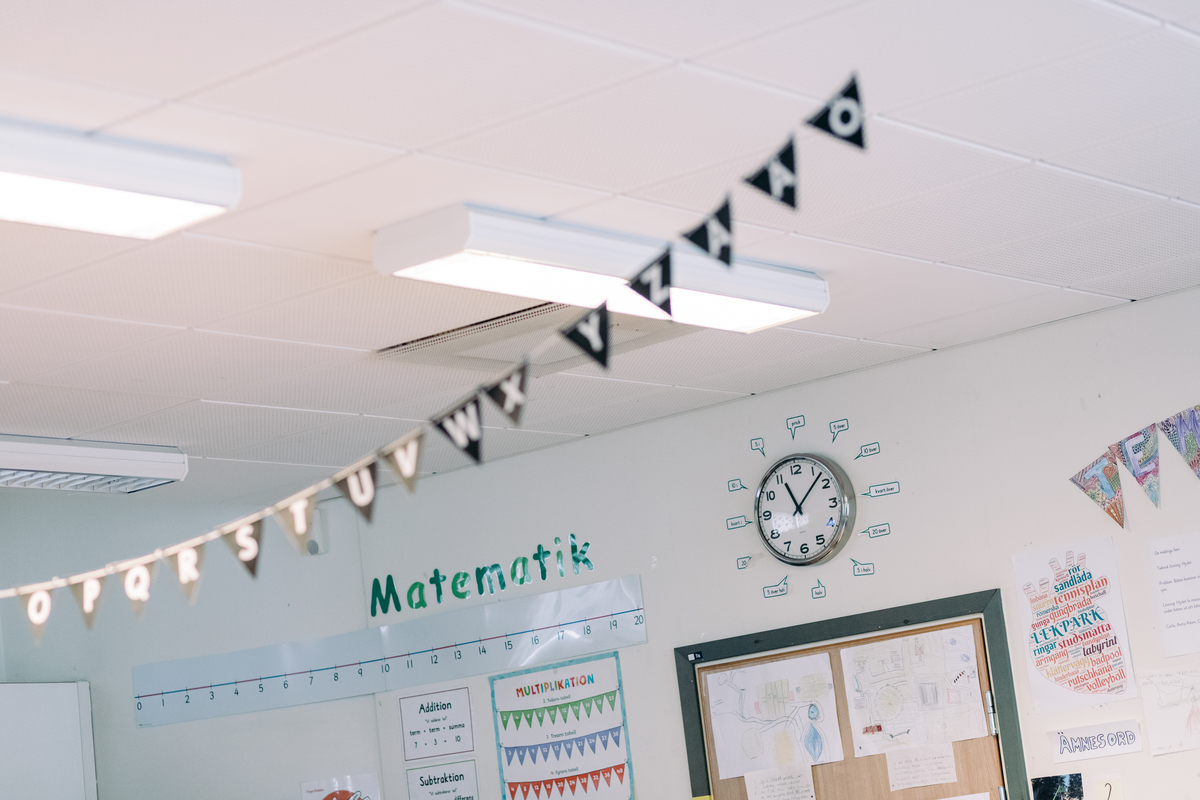Venue Articles

Categories
Published 2020-04-15
Keywords
- Utbildning,
- Pedagogik,
- matematik
How to Cite
Westerholm, K., & Samuelsson, J. (2020). Taluppfattningsutveckling i förskoleklass. Venue, (17). https://doi.org/10.3384/venue.2001-788X.1815
Abstract
Skolan ska vara likvärdig och alla elever har rätt till en utbildning av hög kvalitet. För att möta alla elever kan skolor ha olika pedagogiska inriktningar vad gäller vad som fokuseras i undervisningen och hur undervisningen bedrivs. I denna artikel presenteras en studie om hur barn i förskoleklass i segregerat område utvecklades i grundläggande matematik jämfört med jämnåriga elever i mindre segregerat område.
Full-text of the article is available for this locale: Svenska.
References
- Baroody, A. J., Eiland, M., Thompson, B. (2009). Fostering at-risk preschoolers’ number sense. Early Education and Development, 20, 80–128.
- Chard, D. J., Baker, S. K., Clarke, B., Jungjohann, K., Davis, K., Smolkowski, K. (2008). Preventing Early Mathematics Difficulties: The Feasibility of a Rigorous Kindergarten Mathematics Curriculum. Learning Disability Quarterly, 31(1):11–20.
- Chetty, R., Friedman, J. N., Hilger, N., Saez, E., Whitmore Schanzenbach, D., &, Yagan D. (2010). $320,000 Kindergarten Teachers. Phi Delta Kappan, 92(3):22–25.
- Clements, D. H., & Sarama, J. (2008). Experimental evaluation of the effects of a research-based preschool mathematics curriculum. American Education Research Journal, 45(2), 443–494.
- Dobbs, J., Doctoroff, G. L., Fisher, P. H., & Arnold, D. H. (2006). The association between preschool children’s socio-emotional functioning and their mathematic skills. Applied Developmental Psychology, 27(2), 97–108.
- Duncan, G. J., & Brooks-Gunn, J. (2001). Poverty, welfare reform, and children’s achievement. Social class, poverty and education: Policy and practice. New York, NY: Routledge Almer.
- Gersten, R., Baker, S. K., Shanahan. T., Linan-Thompson, S., Collins, P., & Scarcella, R. (2007). Effective Literacy and English Language Instruction for English Learners in the Elementary Grades: A Practice Guide (NCEE 2007-4011) Washington, DC: National Center for Education Evaluation and Regional Assistance, Institute of Education Sciences, U.S. Department of Education.
- Griffin, S. (2004). Building number sense with Number Worlds: A mathematics program for young children. Early Childhood Research Quarterly, 19, 173–180.
- Jordan, N. C., Glutting, J., Dyson, N., Hassinger-Das, B., & Irwin, C. (2012). Building Kindergartners’ Number Sense: A Randomized Controlled Study. Journal of Educational Psychology, 104(3), 647–660.
- Klein A., & Starkey P. (2008). Fostering preschool children’s mathematical knowledge: Findings from the Berkeley math readiness project. In: Clements D.H., Sarama J., DiBase A.M., editors. Engaging young children in mathematics: Standards for early childhood mathematics education. Mahwah, NJ: Lawrence Erlbaum Associates; 2008. pp. 343–360.
- National Mathematics Advisory Panel. (2008). Foundations for Success: The Final Report of the National Mathematics Advisory Panel. Washington, D.C: U.S. Department of Education.
- National Research Council (2009). Mathematics Learning in Early Childhood: Paths toward Excellence and Equity. Washington, D.C: The National Academies Press.
- Ramani G.B & Siegler R.S. (2008). Promoting broad and stable improvements in low-income children’s numerical knowledge through playing number board games. Child Development., 79(2), 375–394.
- Rousselle, L., Palmers, E., & Noël, M-P. (2004). Magnitude comparison in preschoolers: What counts? Influence of perceptual variables. Journal of Experimental Child Psychology, 87(1), 57–84.

